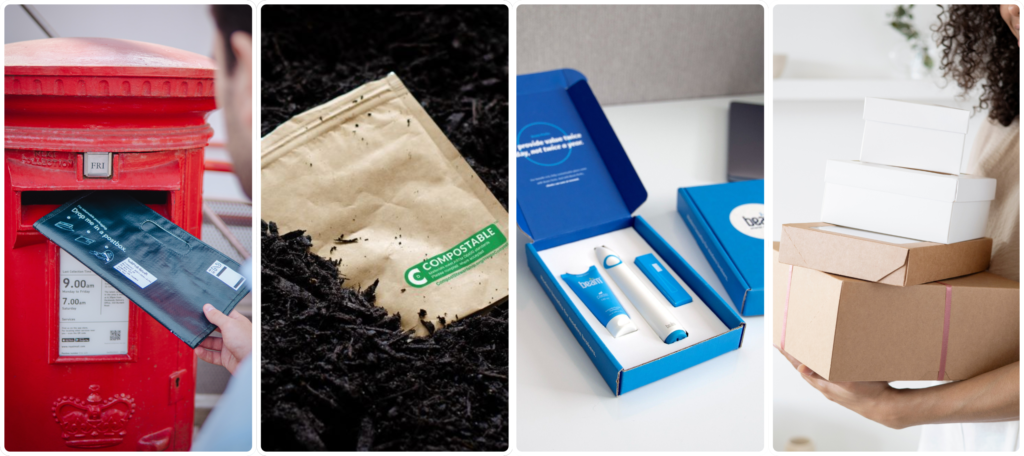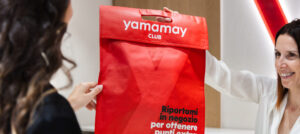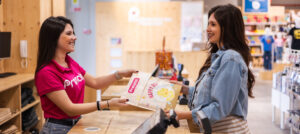1. The Boom of Reuse
The main thing we look at in 2025 is the rise of reusable packaging. Instead of being single-use and then discarded, packaging can make multiple delivery cycles, reducing waste and CO₂ drastically.
At Movopack we’ve developed a packaging solution that is reused more than 20 times and can be customized for each brand’s needs. The customer can drop the packaging in any postbox in Europe for return, and Movopack will clean and refurbish the packaging. This helps brands achieve up to 84% CO₂ savings compared to a single-use cardboard box.
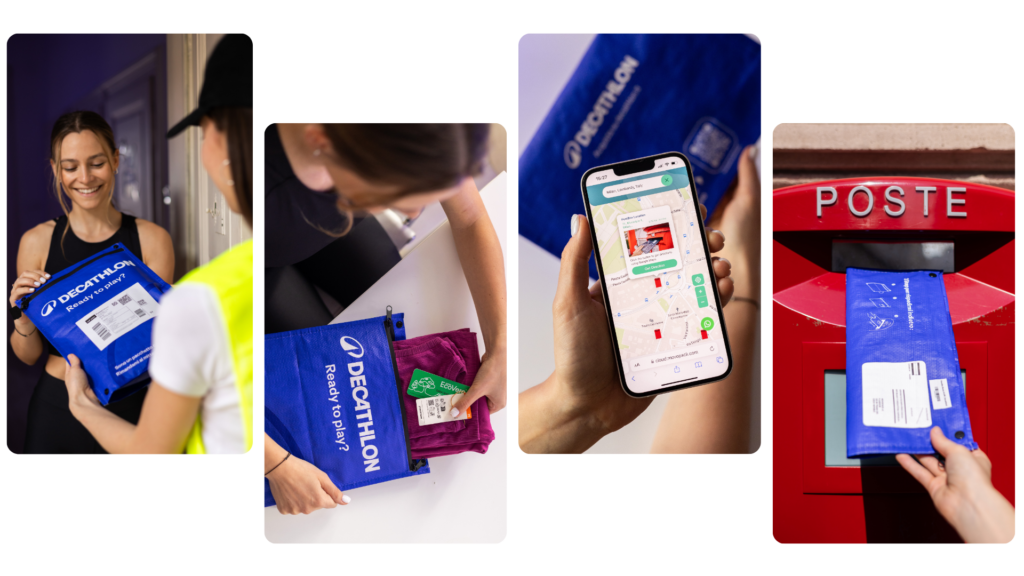
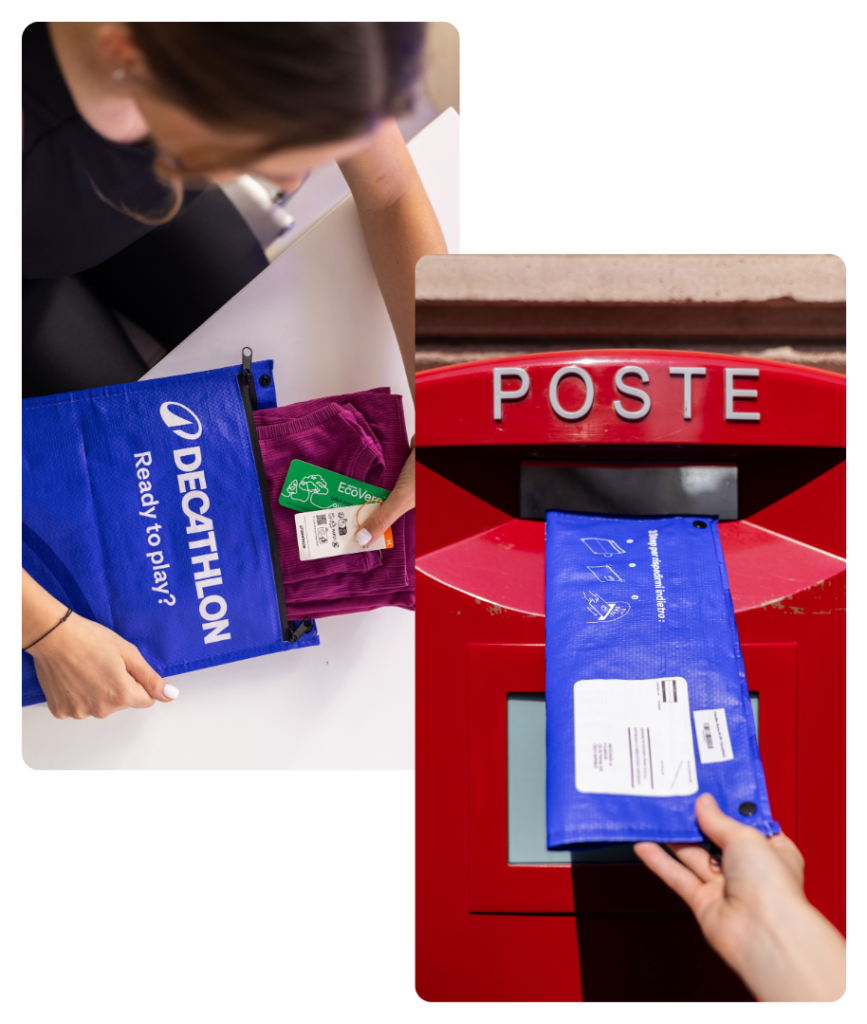
2. When Packaging Disappears
Consumers love the idea of packaging that “disappears” after use. Bioplastics, compostable films, plant based materials are becoming more popular, mostly in food delivery and cosmetics.
However, true biodegradability often requires industrial composting, and that’s not always available, plus if the product is disposed of incorrectly, the biodegradable packaging can become more waste in the landfill or create contamination in the recycle streams. Even with these disadvantages, there still is demand for new materials that are innovative and feel good for the planet.
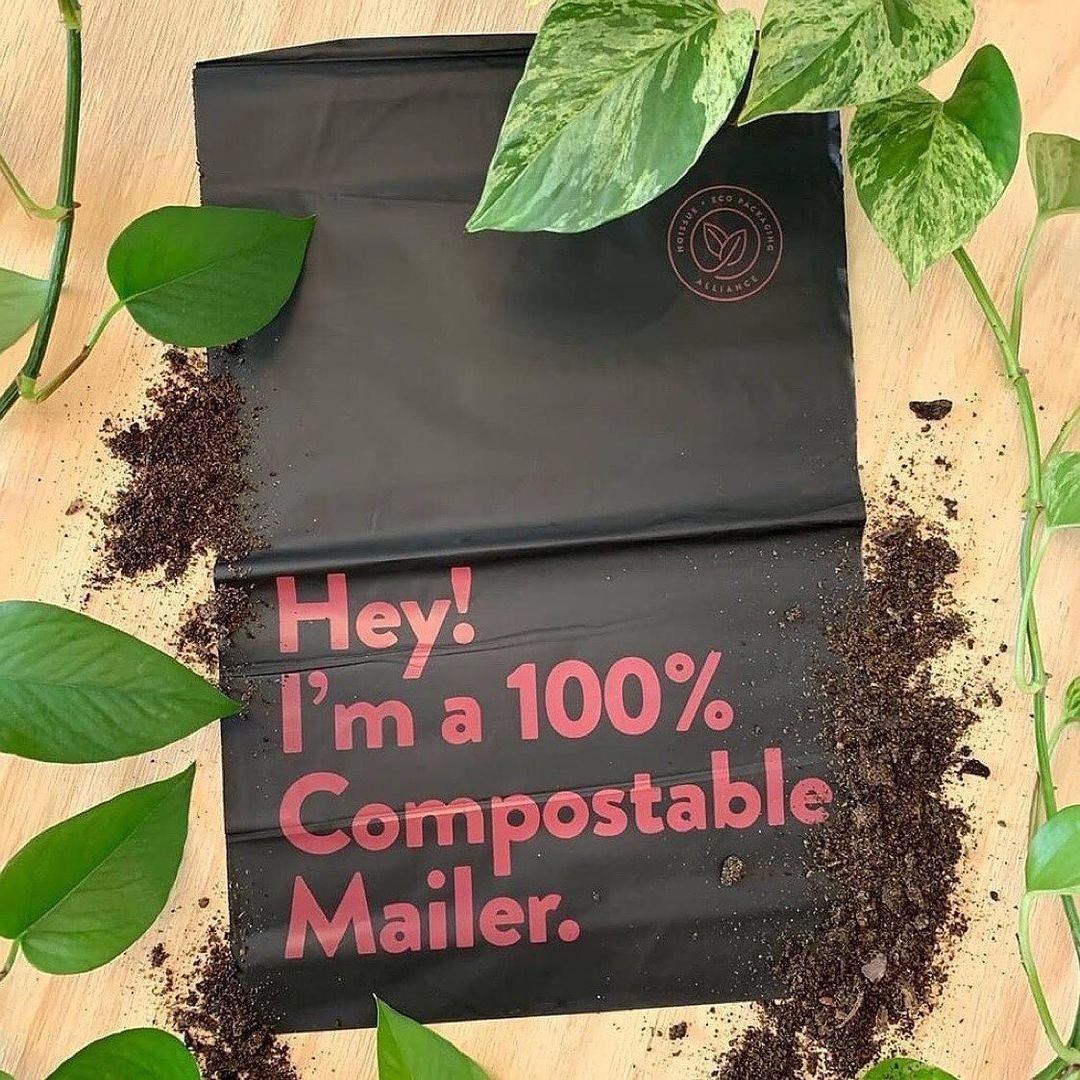
3. Less is More
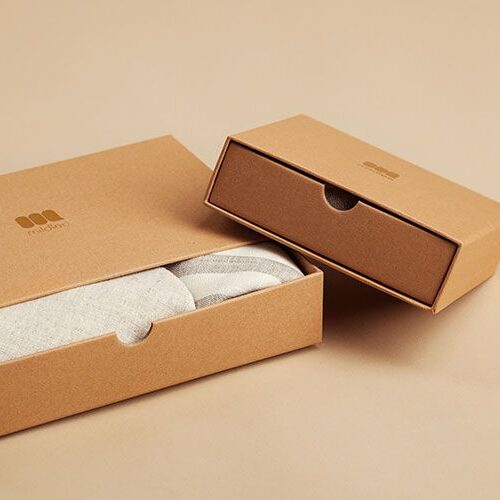
Oversized boxes with unnecessary fillers are going to be a thing of the past. In 2025 efficiency is the priority: brands adopt packaging that fits the product precisely, reducing the waste of material and shipping emissions.
Eco-friendly packaging is also about reducing complexity removing excess ink, unnecessary plastic coatings that can complicate recycling. What’s more, it creates an eco-conscious, easy-to-unpack experience for the consumer.
4. The Era of “Paperization”
Brands continue to strive for the reduction of single-use plastic use, and for this reason, they are substituting single-use plastics with paper alternatives. From cardboard boxes to shopping bags, paper packaging is widely perceived as recyclable and more natural.
The main limitation, however, is that paper still follows a linear model. After the unboxing, it tends to become waste immediately. Recycling can give paper a second life, but a good part still gets lost along the way, and producing it takes a fair amount of energy and resources. Even so, paper continues to be one of the go-to choices for sustainable packaging in e-commerce.

Conclusion
The future of e-commerce packaging is complex: brands are experimenting with increasingly wide options including biodegradable, circular and paper solutions that deliver new ways to mitigate ecological impact.
However, among all trends, reusable packaging has the most potential in the long-run as it effectively reduces waste, aligns with regulations, and creates a unique customer experience
Is your brand ready to embark on the rise of reusable packaging? Get in touch with us and get a free quote!

